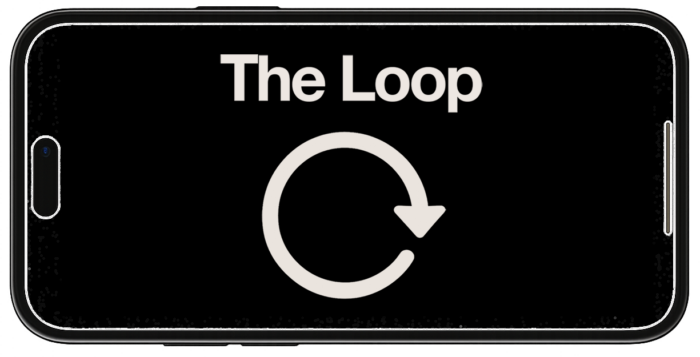Before you create a Meta ads campaign, it’s important to understand what is done at each step. This will help you better plan campaign creation.
This process involves three levels:
- Campaign
- Ad Set
- Ad
Each selection that you make will impact the options you have throughout this setup.
Let’s walk through the process of creating a campaign from start to finish…
1. Campaign
The following steps and customizations happen within the campaign:
- Name the campaign
- Special Ad Categories
- Buying Type
- Campaign Objective
- Campaign Spending Limit
- A/B Test
- Advantage Campaign Budget
First, name your campaign. This is only visible to you, but I recommend you use this space to explain the purpose of your campaign and what you’re doing at this level.

Next, indicate whether you are creating a campaign that will promote a special ad category. While this will limit your targeting options, this transparency will also make it less likely you will run into approval issues.
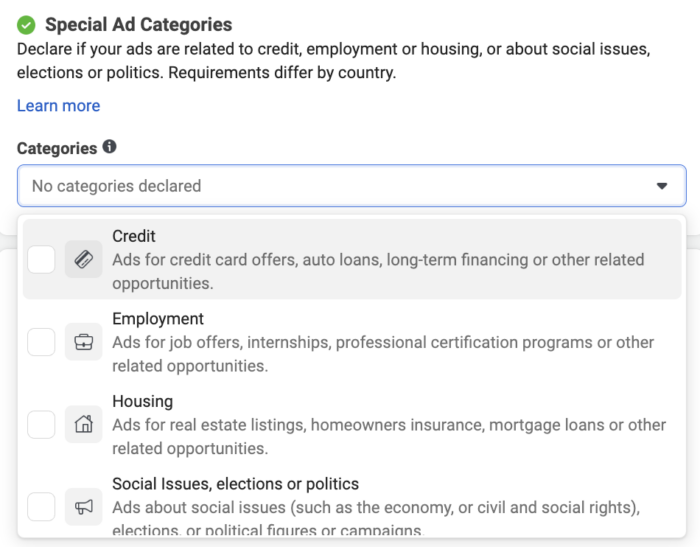
The Campaign Details section includes settings for Buying Type, Campaign Objective, and Campaign Spending Limit.
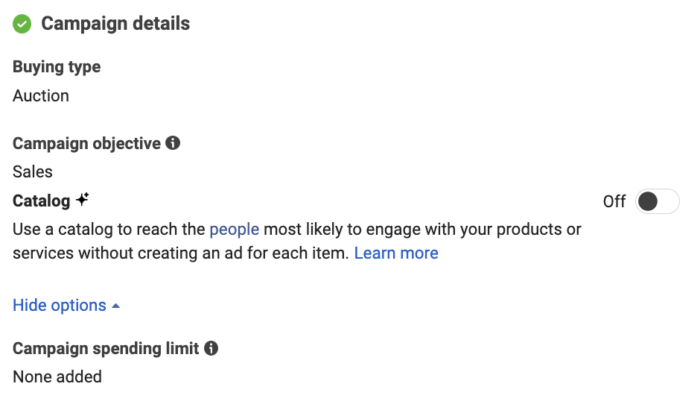
In almost all cases, you’ll use the default Auction buying type. Reach and Frequency requires a very large budget.

You’ll have six options for campaign objective:
- Sales
- Leads
- Engagement
- App Promotion
- Traffic
- Awareness
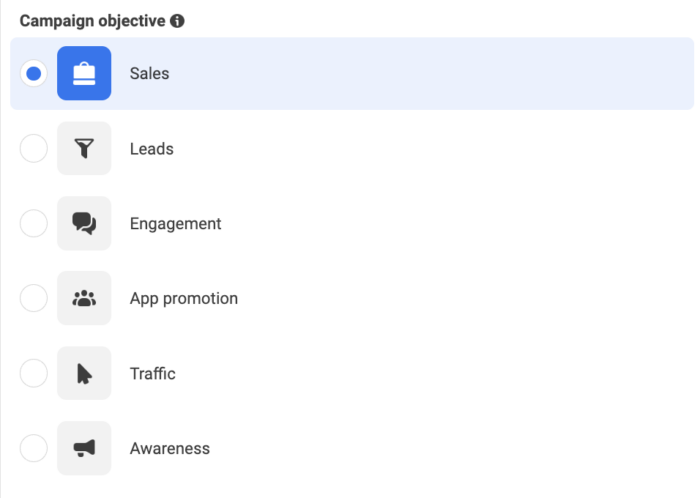
What you select here will impact the optimization options that are available to you in the ad set.
You can set an overall spending limit for your campaign with a Campaign Spending Limit, but that’s not typically recommended. This can create confusion when you run into that limit. In most cases, use ad set budgets or Advantage Campaign Budget (coming shortly).
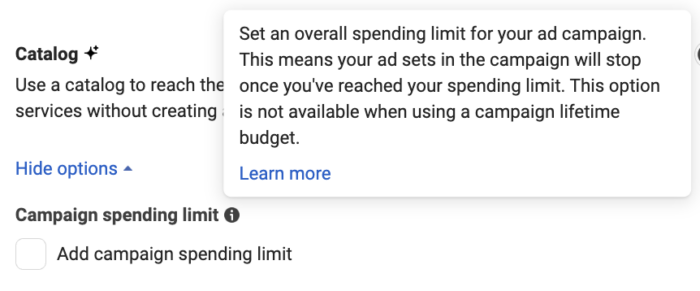
If you’d like to create an A/B Test, you can start that process here. Just know that you can also choose to start it later after you’ve published your campaign.

If you’re running multiple ad sets, you can choose to turn on Advantage Campaign Budget. When used, you’ll set a campaign budget which will get distributed optimally between ad sets.
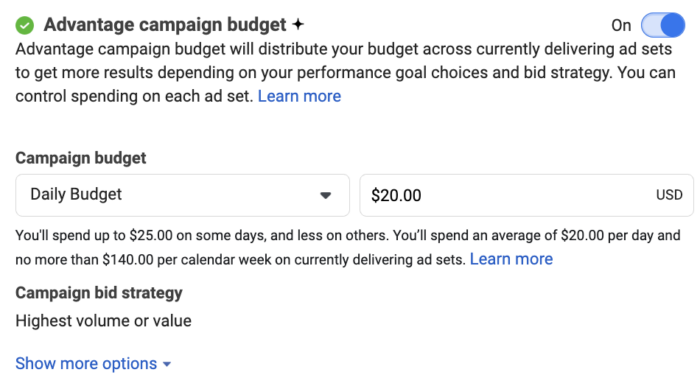
If you aren’t sure about any of these settings that can be turned on, just leave them off.
2. Ad Set
The ad set will focus on the following:
- Ad set name
- Conversion location
- Performance goal and attribution setting
- Bid strategy
- Dynamic creative
- Budget and schedule
- Audience
- Placements
First, name your ad set. As with the campaign name, it’s recommended that you use the name to make clear what you’re doing within the ad set.

Now set a conversion location. The options here will depend on the objective you’ve selected. Once you select a conversion location, it will impact your performance goal options.
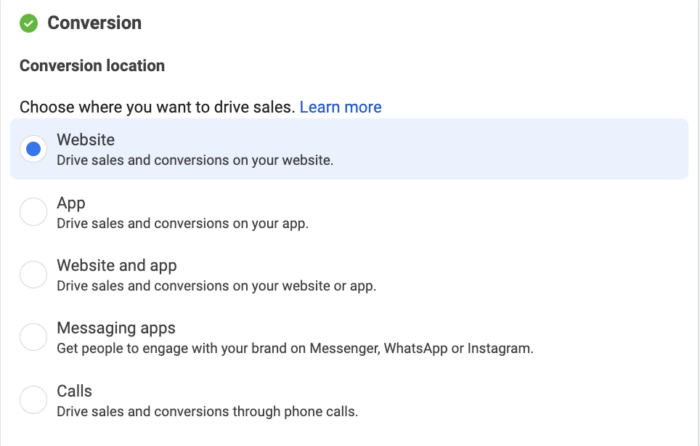
Your performance goal is how Meta will optimize ad delivery and determine success. The options available here will depend upon the selections you’ve made so far.

If you’re using the website conversion location, you’ll need to select your pixel and the specific conversion event.

By default, Meta will utilize the Highest Volume bid strategy. If you are advanced, you can try out other bid strategies as well.
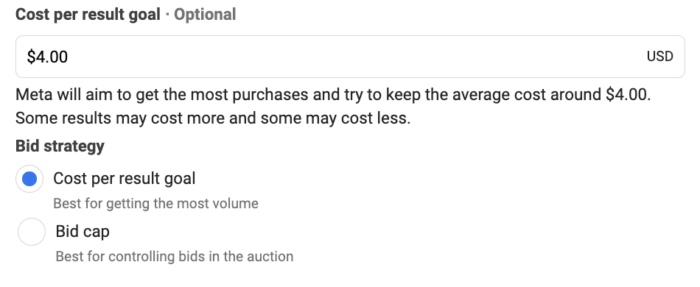
If you chose the website conversion location, Meta will utilize an Attribution Setting for determining how conversions are attributed to your ads.
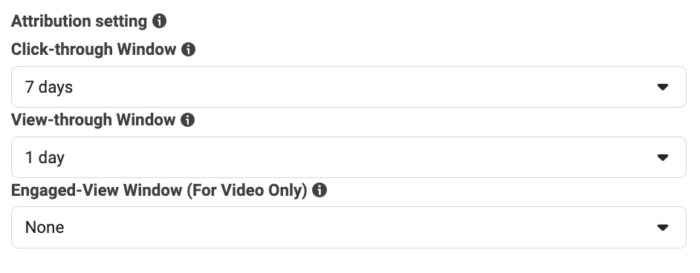
By default, you’ll be charged by the impression and utilize the Standard delivery type. In most cases, these settings can’t be changed.
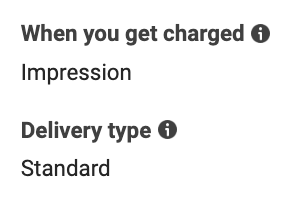
You can turn on Dynamic Creative.

Set a daily or lifetime budget and determine when your ads will run.
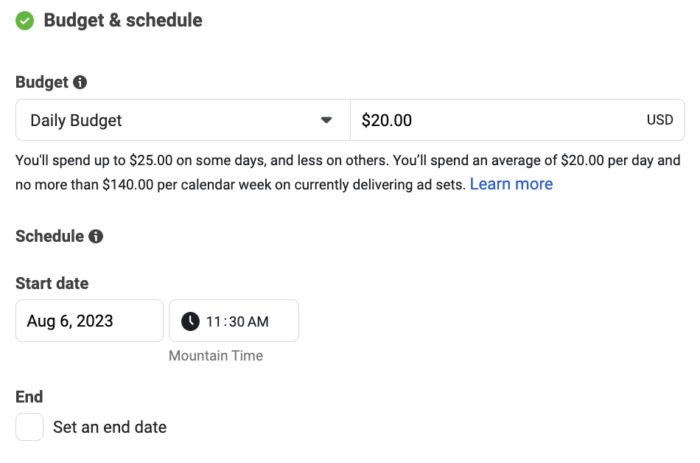
Determine the people you will reach within the Audience section.
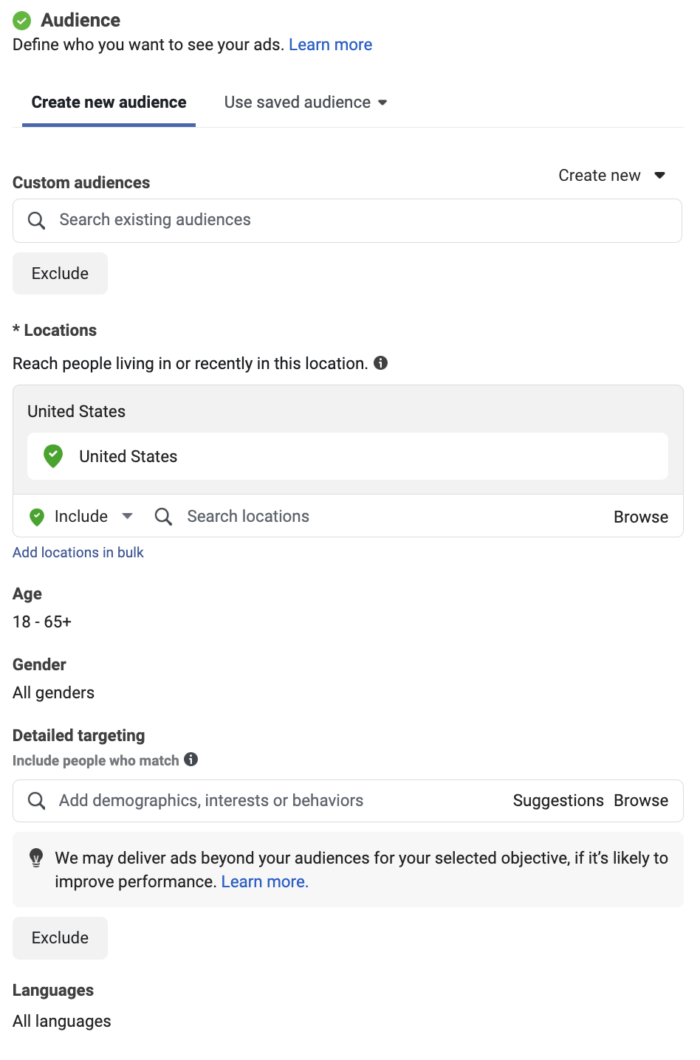
This includes:
- Custom audiences and lookalike audiences
- Locations
- Age
- Gender
- Detailed Targeting
- Languages
Read this post for more details about your targeting options.
Choose your placements. It’s generally recommended that you use Advantage+ Placements, but there are exceptions.
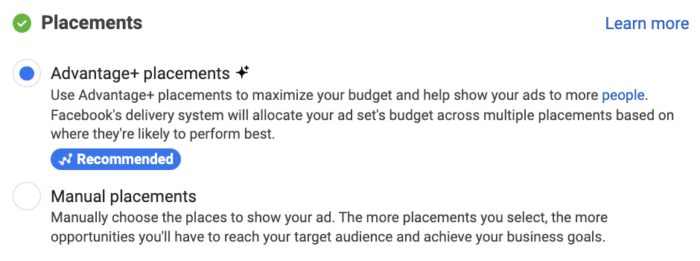
There are some buried Brand Safety and Suitability options to restrict where your ads are shown. This won’t be used in most cases.
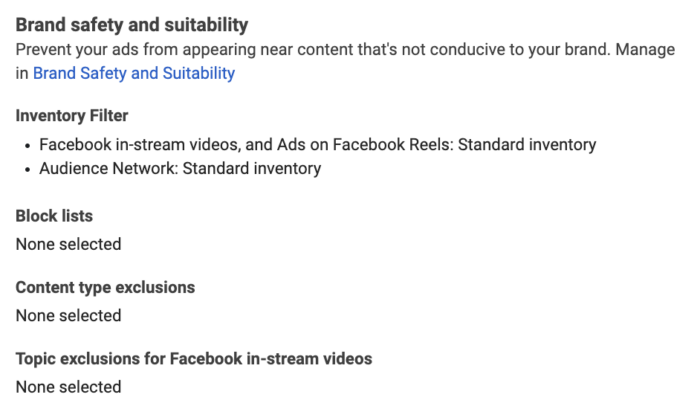
3. Ad
Within the ad, you’ll…
- Name your ad
- Select your Facebook page and Instagram account
- Determine ad setup
- Choose an ad format
- Add copy and creative
- Add a CTA button
- Choose your destination (website, instant experience, or Facebook event)
- Control tracking
Name your ad.
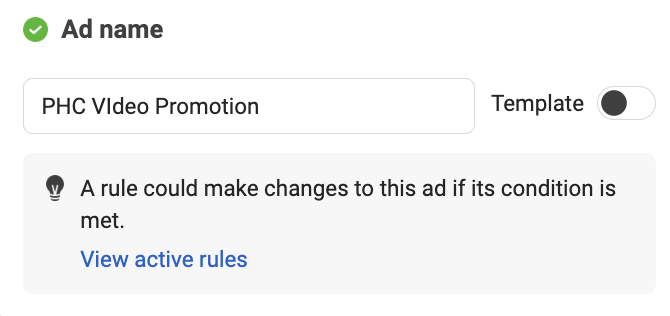
If you’re running a Partnership Ad with partners or creators, you’ll need to indicate that here.
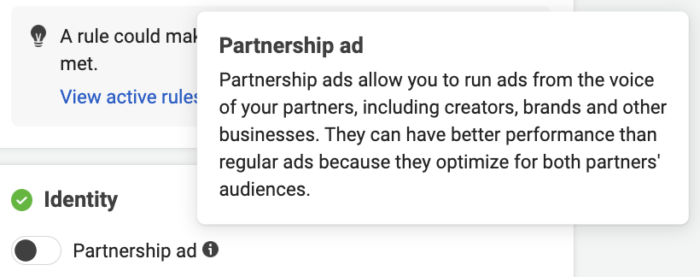
Select your Facebook page and Instagram account.
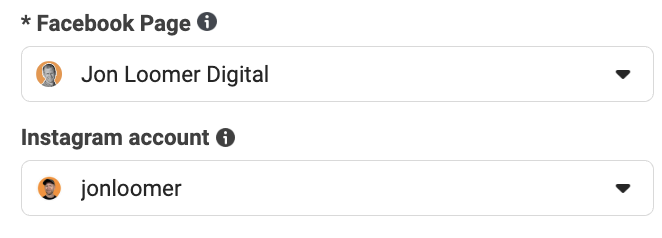
Choose whether to create an ad from scratch, promote an existing post, or import a Creative Hub mockup.
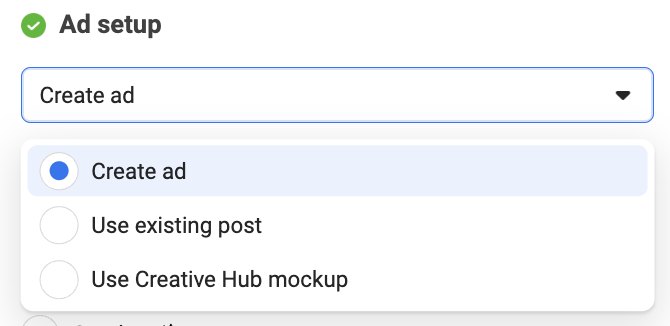
Manually upload your images and videos or have them pulled from a catalog.
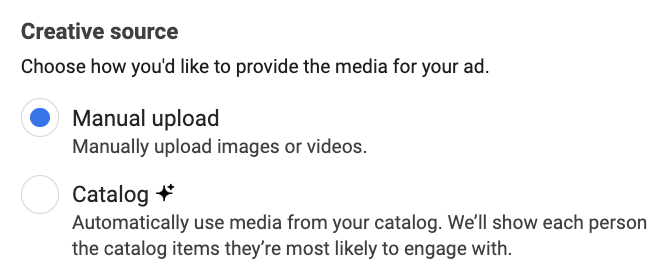
Choose an ad format (single image or video, carousel, or collection).
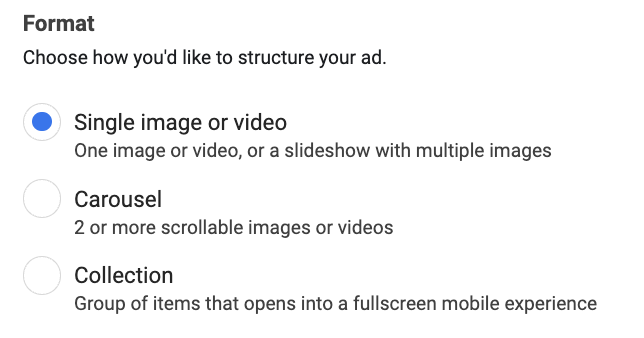
Determine whether you want to opt-in to Multi-Advertiser Ads and have your product displayed in a carousel alongside other advertisers’ products.

Add the image or video you’ll use for your ad.
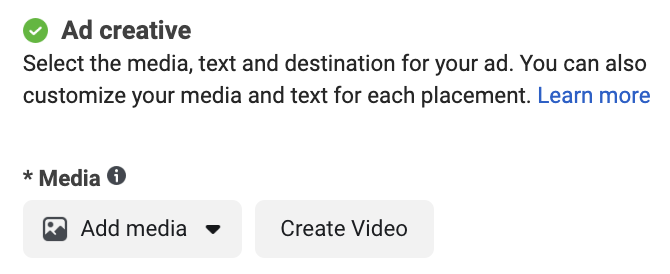
Provide your primary text, headline, and description. Submit multiple options if you’d like.
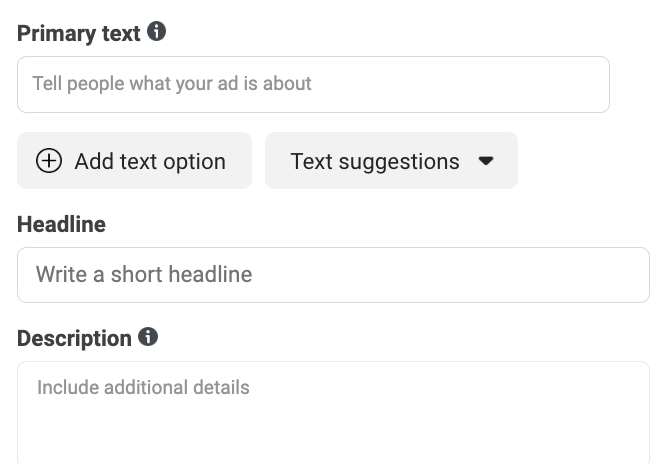
Select a CTA button that is appropriate to inspire action on your ad.

Provide the website URL (where the user will be sent when they click) and display URL (the domain that is displayed under your ad).
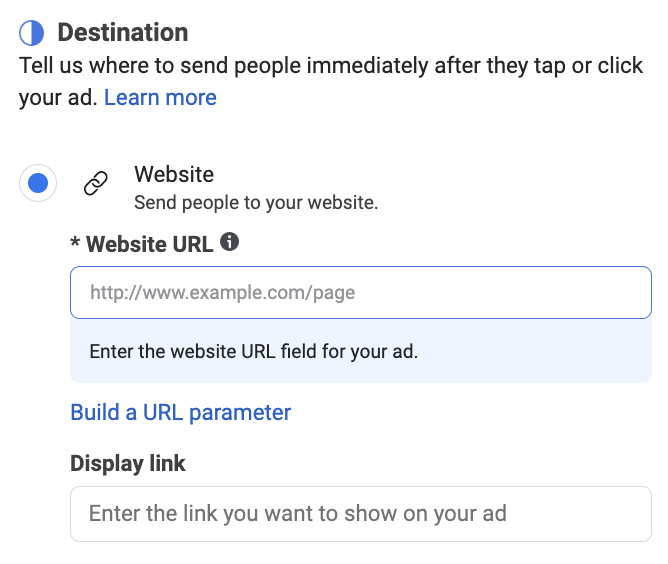
Add a browser add-on like the Call Extension or Instant Form.
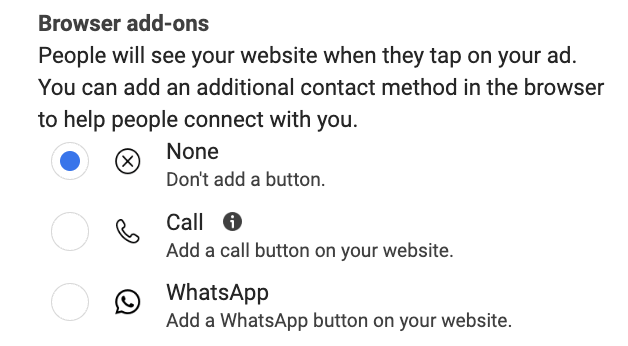
Instead of sending people to a URL, you can choose to send them to an Instant Experience or Facebook Event.

Add manual translations for multiple languages.

Choose how conversions will be tracked (website events, offline events, or app events).
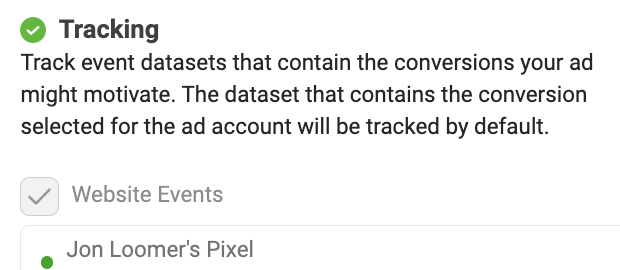
Set URL parameters for tracking using third-party analytics tools.

Your Turn
There’s a lot that goes into creating a campaign, but this should get you started. For more information about these steps, make sure to click through to the links provided throughout this post.
Have any questions? Let me know in the comments below!

